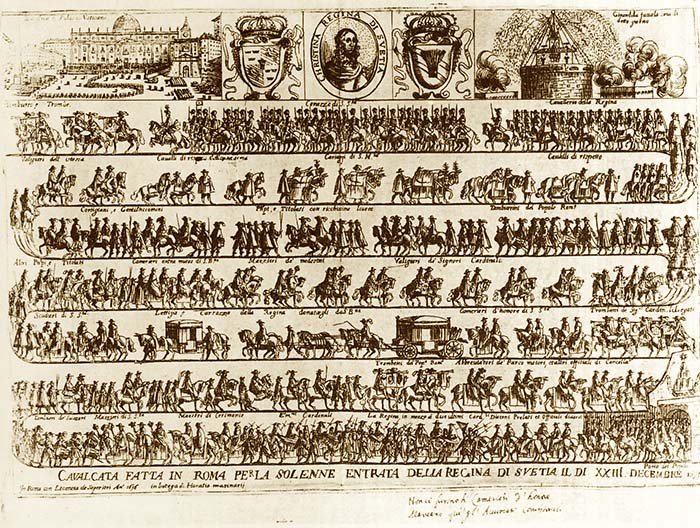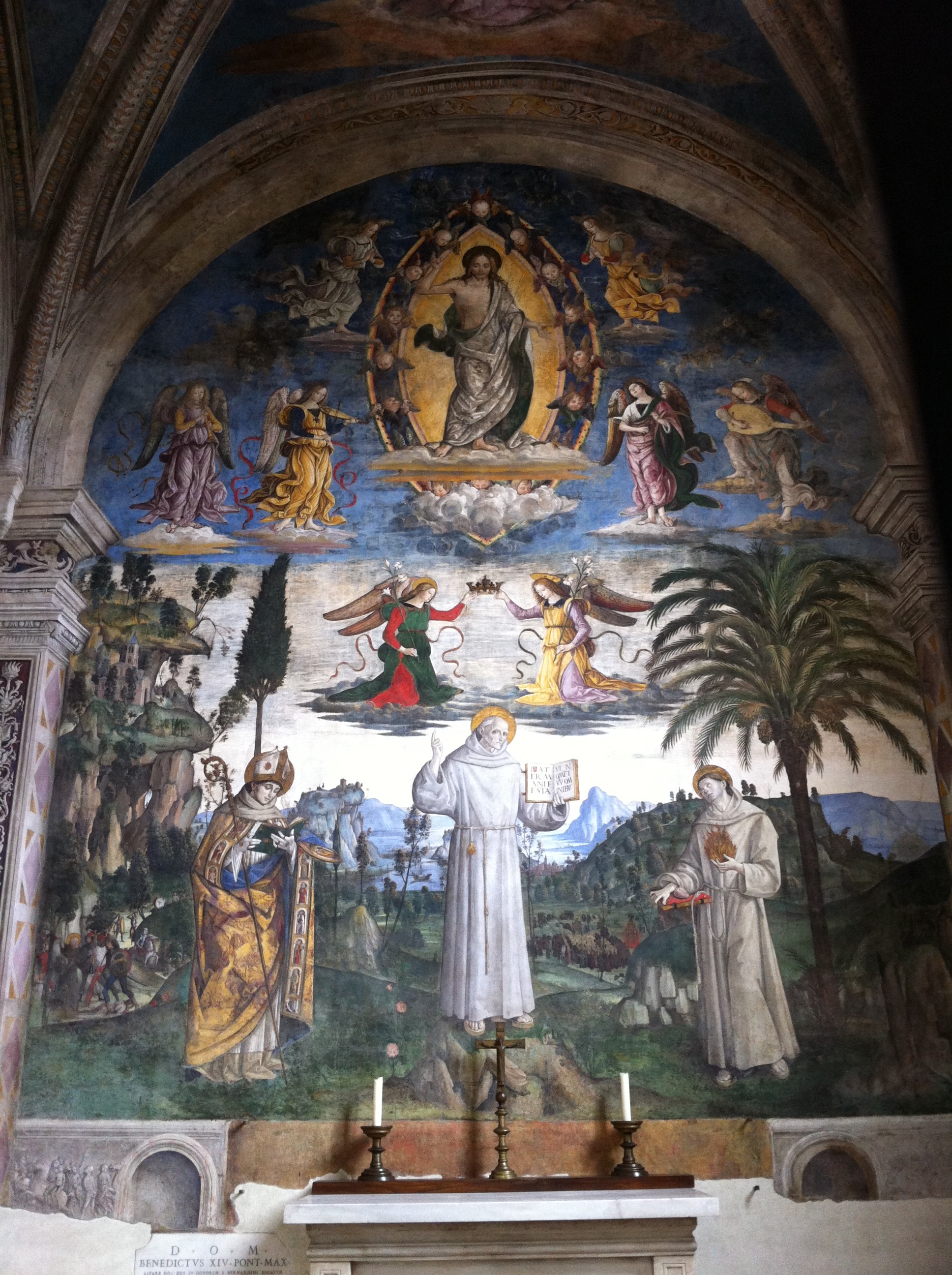
Of the few Bernini biographies written since the artist's death in the late seventeenth century, Mormando's is proud to announce that it is the first to appear in English. Mormando focuses his attention not so much on the works of art that Bernini produced, but rather on the family, the city, and the society that produced Bernini. Franco Mormando is to be congratulated for not doing so on the contrary, his 2011 biography, Bernini: His Life and His Rome, is anything but dry: the book brings to light the life of the man behind the work for which Bernini-painter, sculptor, architect-was, and is, so revered.

Few visitors to Rome, past or present, fail to be impressed by the legacy his artistry has leftthroughout the city: its bridges, its fountains, its churches-indeed, so many of its public works bear Bernini's name that his mark on Rome is indelible.Ī capable biographer would be hard-pressed to render uninteresting the already fascinating life of an artist about whose works of art so much has been written.


What Gian Lorenzo Bernini did not do in Rome, he supervised what he did not supervise, he influenced.


 0 kommentar(er)
0 kommentar(er)
